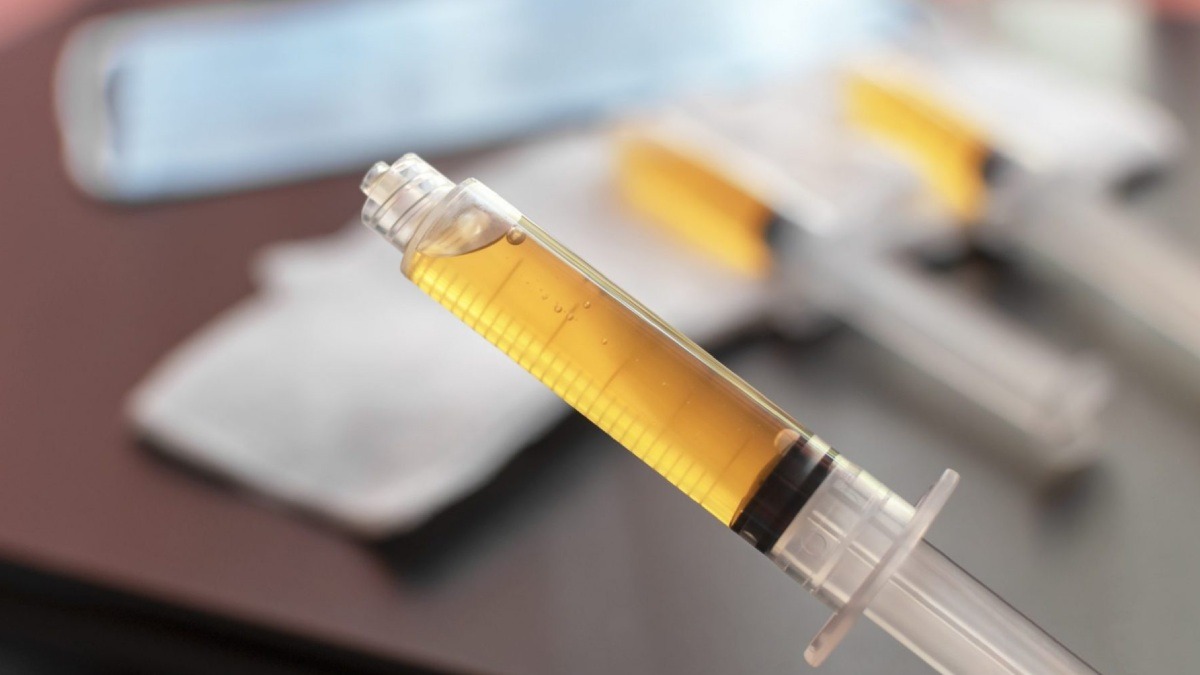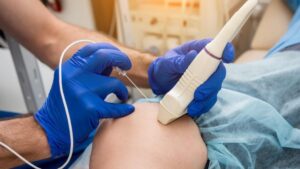Regenerative medicine is an innovative and rapidly evolving field that aims to repair, replace, or regenerate damaged tissues and organs by leveraging the body’s natural healing mechanisms. This approach has vast potential in managing chronic pain, treating degenerative conditions, and improving overall health outcomes.

Principles of Regenerative Medicine
Regenerative medicine is a transformative field that focuses on harnessing the body’s own healing mechanisms to repair or replace damaged tissues and organs. The primary principles include:
- Cellular Therapies: Utilizing stem cells, progenitor cells, or other biologically active cells to regenerate damaged tissues.
- Biomaterials and Scaffolds: Developing synthetic or natural materials that support tissue growth and repair.
- Growth Factors and Cytokines: Using signalling molecules to stimulate tissue regeneration and healing processes.
- Gene Therapy: Modifying or manipulating genes to correct genetic disorders or enhance regenerative capabilities.

Applications in Pain Management
Regenerative medicine holds significant promise for treating various pain conditions by addressing the underlying causes of pain and promoting long-term healing. Here are some key applications:
- Osteoarthritis:
- Stem Cell Therapy: Injecting MSCs into arthritic joints to regenerate cartilage, reduce inflammation, and alleviate pain.
- Platelet-Rich Plasma (PRP): Concentrated platelets are injected into the joint to release growth factors that promote healing and reduce pain.
- Platelet-Rich Plasma (PRP): Concentrated platelets are injected into the joint to release growth factors that promote healing and reduce pain.
- Tendinitis and Tendinosis:
- PRP Therapy: PRP injections can accelerate tendon healing and alleviate chronic pain associated with conditions like tennis elbow and Achilles tendinitis.
- Stem Cell Therapy: MSCs can repair damaged tendons, improving function and reducing pain.
- Degenerative Disc Disease:
- Stem Cell Injections: MSCs are injected into the intervertebral discs to regenerate disc tissue, reduce inflammation, and relieve back pain.
- Ligament and Muscle Injuries:
- PRP and Stem Cell Therapy: These treatments can accelerate the healing of ligament sprains and muscle tears, reducing recovery time and improving outcomes.
- Peripheral Neuropathy:
- Stem Cell Therapy: MSCs can help repair nerve damage and alleviate pain and numbness associated with peripheral neuropathy.

Innovative Treatments in Regenerative Medicine
- Prolotherapy:
- Mechanism: Prolotherapy involves injecting a solution, typically containing dextrose, into damaged or weakened ligaments and tendons. This stimulates a mild inflammatory response, promoting tissue repair and strengthening.
- Applications: Effective for chronic musculoskeletal pain, including back pain, joint pain, and tendinopathies.
- Platelet-Rich Plasma (PRP) Therapy:
- Mechanism: PRP is prepared by centrifuging the patient’s blood to concentrate platelets, which are then injected into the affected area. The growth factors in platelets promote tissue repair and regeneration.
- Applications: Widely used for treating joint pain, tendinitis, ligament injuries, and muscle strains.
- Stem Cell Therapy:
- Mechanism: MSCs are harvested from bone marrow, adipose tissue, or umbilical cord blood and injected into the damaged tissue. These cells can differentiate into various cell types, promoting regeneration and reducing inflammation.
- Applications: Effective for osteoarthritis, intervertebral disc degeneration, and chronic tendon injuries.
- Exosome Therapy:
- Mechanism: Exosomes are small vesicles secreted by stem cells that contain growth factors and genetic material. They can be injected into damaged tissues to promote healing and reduce inflammation.
- Applications: Emerging therapy for a range of conditions, including musculoskeletal injuries and neurodegenerative diseases.

Conclusion
Regenerative medicine represents a paradigm shift in healthcare, focusing on repairing and regenerating damaged tissues rather than merely alleviating symptoms. By harnessing the body’s natural healing mechanisms, regenerative treatments offer hope for long-term pain relief and improved quality of life.
At ALGOS, we are committed to integrating these cutting-edge therapies into our comprehensive pain management programs, helping our patients achieve optimal health and well-being.





